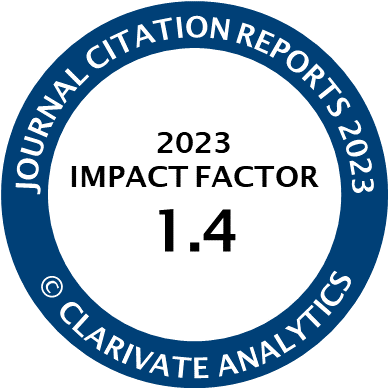Article | Open Access
Territorial Cohesion as a Policy Narrative: From Economic Competitiveness to ‘Smart’ Growth and Beyond
| Views: | 2580 | | | Downloads: | 1383 |
Abstract: During the last two decades, a lot of ink has been spent in favour of narrative analysis of policy. According to such approaches, policy processes are influenced by narratives that are spread around specific ‘issues’ and lead to their solutions. Following a similar vein, this article examines territorial cohesion as a policy narrative and how it can be perceived as a narrative constituted by a diverse narrative structure. Territorial cohesion is a dynamic narrative that changes through time. As time goes by and different politico-economic philosophies get more influential, technological changes also bring along different priorities, broader EU narratives change, and territorial cohesion adapts to such changes. Accordingly, within the post-2014 framework (2014–2020), territorial cohesion’s (spatialised) social inclusion perspective was subdued to the economic competitiveness sub-narrative in a globalised world. For the new programming period (2021–2027), the European Cohesion Policy will continue to be increasingly linked to the place-based narrative and most of its funding will be directed towards a ‘smarter’ and ‘greener’ Europe within a global space of flows and fast technological changes. The aim of a ‘smarter’ Europe based on digital transformation and smart growth is a new version of the economic competitiveness sub-narrative, while a ‘greener’ Europe is the new policy meta-imperative (“European Green Deal”). However, it must be considered how the Coronavirus crisis and the measures to fight its economic effects play out on these policy narratives.
Keywords: European cohesion policy; narrative structure; policy narratives; post-2020 framework; territorial cohesion
Published:
© Panagiotis Artelaris, George Mavrommatis. This is an open access article distributed under the terms of the Creative Commons Attribution 4.0 license (http://creativecommons.org/licenses/by/4.0), which permits any use, distribution, and reproduction of the work without further permission provided the original author(s) and source are credited.




